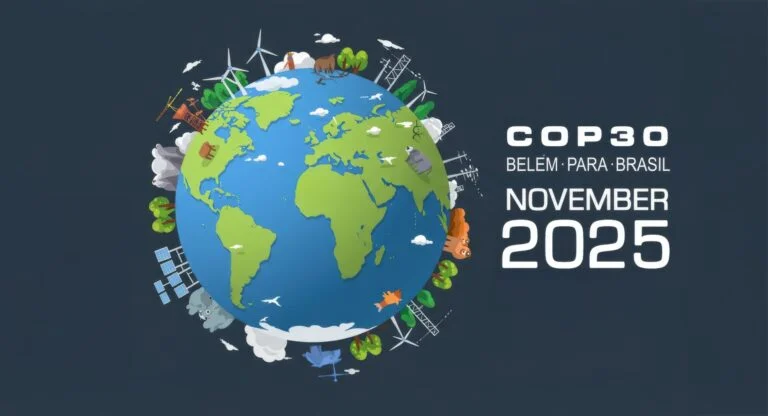Understanding the Cost of Energy in 2025
Despite a forecast decrease in energy bills during the summer of 2025, UK households and businesses continue to face energy costs significantly higher than pre-2021 levels. This blog explores the key factors contributing to sustained high energy prices, including market structures, geopolitical influences, and comparisons with EU and G7 nations.
Energy Price Trends in 2025
In July 2025, Ofgem reduced the energy price cap by 7%, lowering the average annual bill for a typical dual-fuel household to £1,720 from £1,849. While this offers some relief for domestic consumers, prices remain approximately 60% higher than pre-Ukraine war levels. However, businesses do not benefit from any such price cap and remain fully exposed to market fluctuations.
Industrial consumers have also felt the impact. In the first quarter of 2025, electricity prices for the manufacturing sector decreased by 3.2% compared to the same period in 2024, averaging 18.5 pence per kWh. Conversely, gas prices for the same sector increased by 3.4%, averaging 4.2 pence per kWh.
Structural Challenges in the UK Energy Market
A significant factor keeping UK energy prices elevated is the “merit order” pricing system. Although gas-fired power plants account for only 30% of electricity generation, they set the wholesale price 98% of the time. This system means that even with increased renewable energy production, electricity prices remain tied to volatile gas markets.
Efforts to reform this system, such as the proposed zonal pricing model, which would have adjusted electricity costs based on regional supply and demand, were abandoned in July 2025. The government cited concerns over fairness and potential investment deterrents in renewable energy projects.

UK Energy Prices Compared to EU and G7 Countries
As of May 2025, the UK’s average petrol price was £1.37 per litre, slightly lower than France (£1.44) and Germany (£1.47). Diesel prices in the UK averaged £1.40 per litre, comparable to Denmark (£1.43) and Ireland (£1.42).
However, when it comes to electricity, UK households pay some of the highest rates in Europe. In 2023, UK electricity prices averaged 36 pence per kWh, surpassing Germany (32p), France (19p), and Sweden (16p). This disparity contributes to the UK’s higher inflation rates among G7 countries. In November 2024, the UK’s annual inflation rate stood at 3.5%, nearly triple that of France (1.3%).
The Impact of Renewable Energy Transition
The UK’s commitment to achieving net-zero emissions has led to significant investments in renewable energy. However, the transition has not yet resulted in lower energy bills for consumers. Factors such as rising interest rates, supply chain constraints, and the £80 billion investment required to upgrade the national grid contribute to ongoing high costs. Analysts suggest that significant consumer savings may not materialise until after 2044.
Energy Price Outlook: What’s Next?
Looking ahead, energy prices are expected to rise steadily from October 2025 through to June 2026. Right now, energy prices for August and September 2025 are among the lowest of the year. For example, the August 2025 rate is around £72.15 per megawatt hour (MWh). However, prices are forecast to climb as we move into the colder months. For winter 2025, rates are already sitting higher at around £83.49 per MWh, reflecting the usual increase in demand and tighter supply during that time of year.
Although a slight dip is forecasted around summer 2026, prices are not expected to return to the levels seen in late summer 2025. This makes today an ideal window for businesses to lock in favourable rates before the anticipated uptick in the coming months.
What Needs to Change for Prices to Fall?
While recent reductions in the energy price cap offer some respite, UK energy prices remain substantially higher than pre-crisis levels. Structural market issues, the abandonment of reform initiatives like zonal pricing, and the costs associated with transitioning to renewable energy continue to exert upward pressure on prices. Comparatively, UK consumers face higher electricity costs than many of their EU and G7 counterparts, contributing to broader economic challenges such as elevated inflation rates.
Addressing these issues requires a multifaceted approach, including market reforms to decouple electricity prices from gas costs, strategic investments in renewable infrastructure, and policies aimed at mitigating the financial burden on consumers during the transition to a more sustainable energy future.





